


the ritualism of taking tea in china is long revered & deeply embedded into the national cultural history. originating in canton, yum cha combined the serious business of tea drinking with the grazing of small dishes, traditionally dim sum & dumplings. today it's an integral part of the social structure where east often meets west.
it is said that the custom commenced when an errant tea [camellia sinsesis] leaf flew into the emperor's boiling water cup around 3000 BCE. the rest is history.
what westerners call chinese tea actually refers to four main variants [white, green, oolong & black]: green being the most common. all types stem from the same plant harvested from different parts, genus, areas creating a variety of strains, oxidization & flavours.
when waiting for a refill it is customary to either remove the lid or slant it so. otherwise it is assumed you may be harboring a precious bird, perhaps even the emperor's lost nightingale...
[for evan]


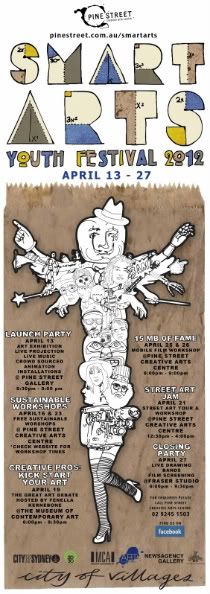
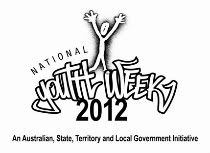




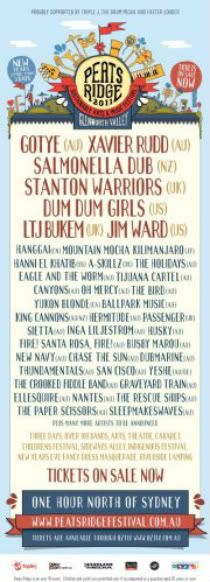
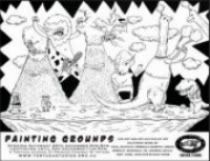
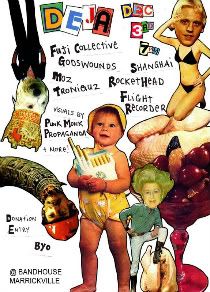


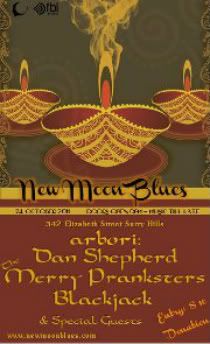
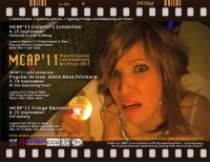
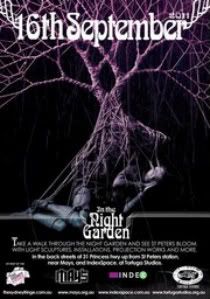



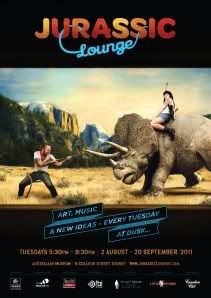

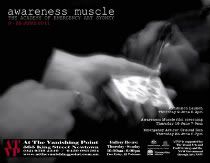
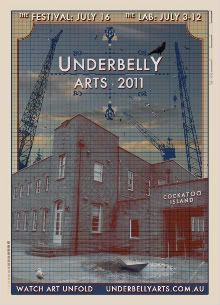

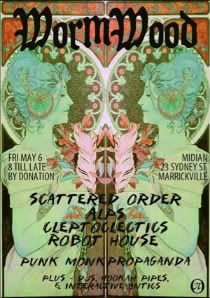
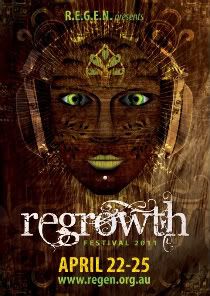


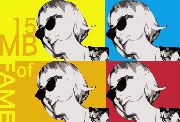

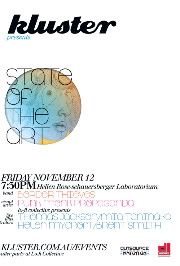
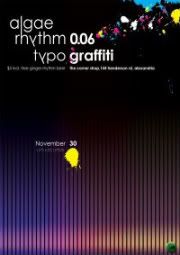





No comments:
Post a Comment